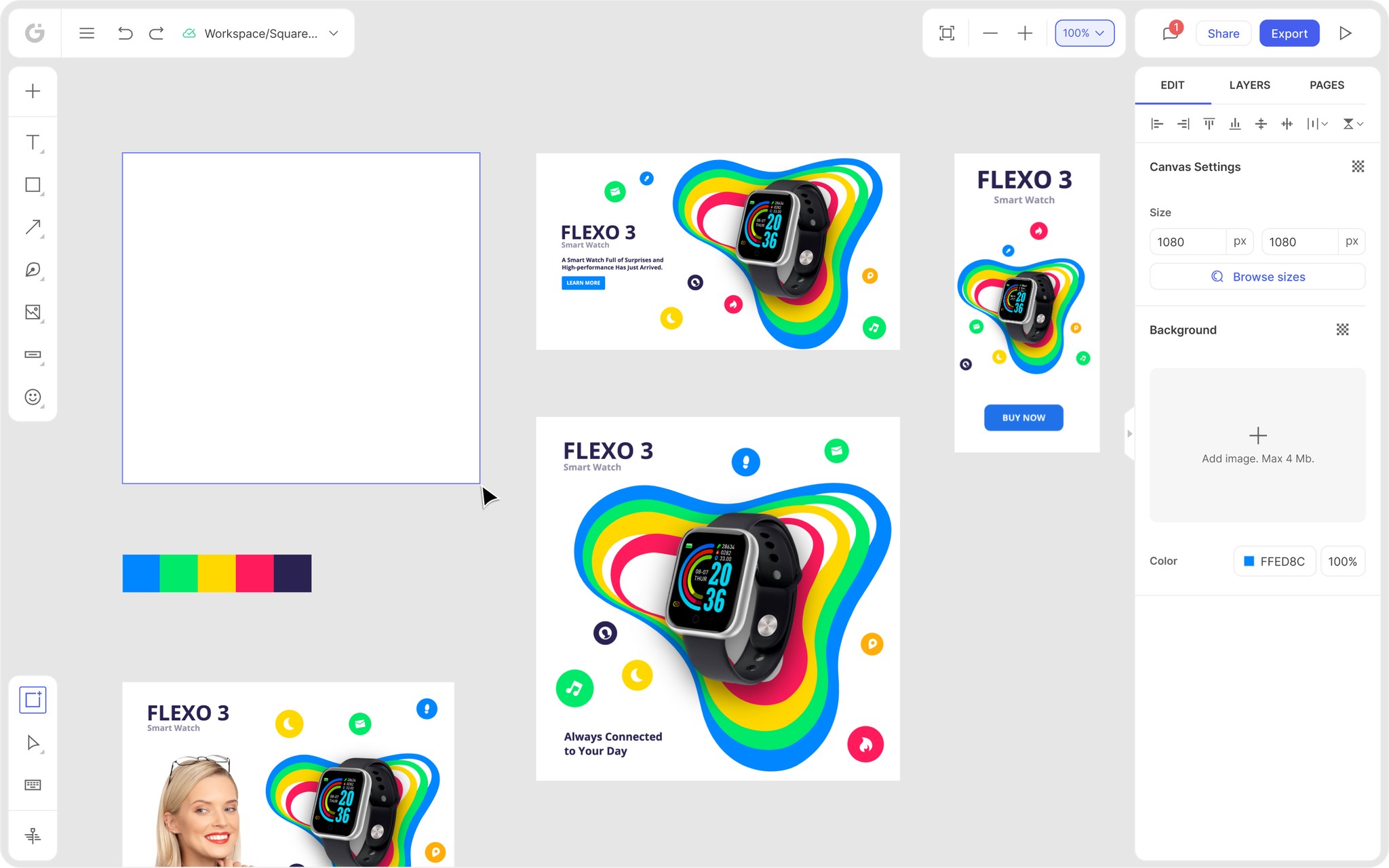The Shopify Hero Banner is a design format used to create visually striking and attention-grabbing banners on Shopify websites.
Posted Nov 9, 2022
•
10 min read

Graphic design

Create beautiful marketing graphics at scale.
Design 101: Geometric Shapes & How to Use Them Creatively
Geometric Shapes
In graphic designing, shapes are seen to be two-dimensional in a layout with clear de-limitations by the edges. When you add a third dimension to them, you can create forms. This is a different element altogether. What makes them so familiar is the fact that most shapes come from cultural conventions or nature silhouettes.
They can either work as a standalone design (for a direct message), or they can work as an accessory, for multiple visual marketing materials like presentations, infographics, or social media visuals. But which shape to use to send the right message?
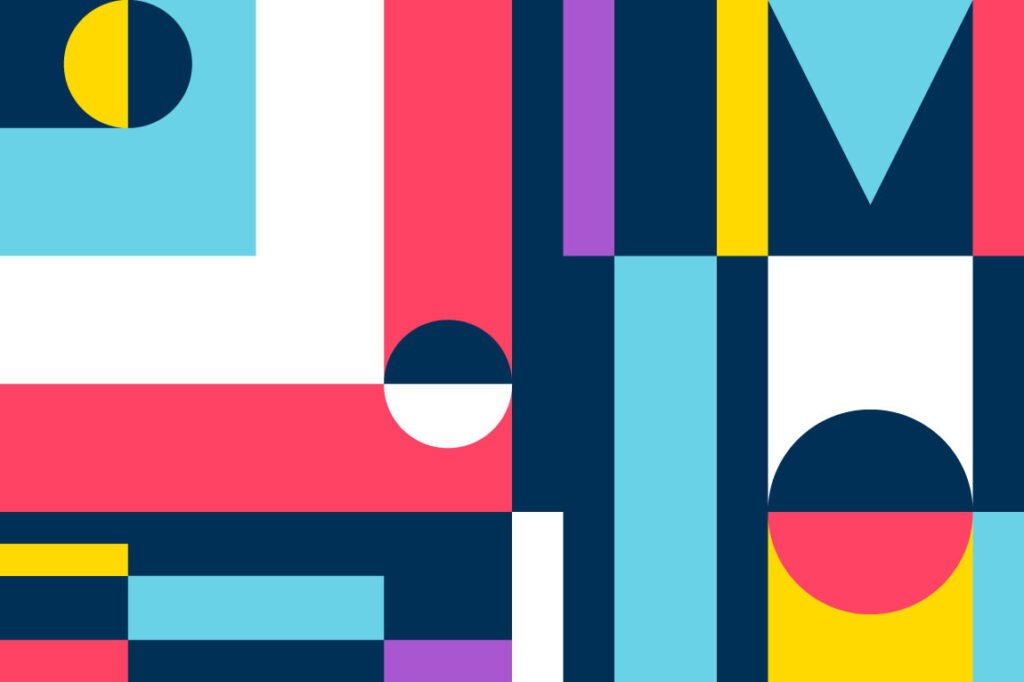
Three Types of Shapes
Sometimes to create a compelling design you need to reduce it to its most basic shapes. Simple is better. You can use three main shapes in your designs:
1. Geometric Shapes
Circles, squares, triangles, pentagons, hexagons, or octagons are probably the most commonly used ones. Geometric shapes are so familiar to us, so it’s only natural to feel acquainted and drawn to them.

2. Organic Shapes
They are asymmetrical or imperfect shapes. They are necessary yet comforting shapes found in nature. Everything that’s naturally created falls into this category, such as leaves, rocks, or clouds.
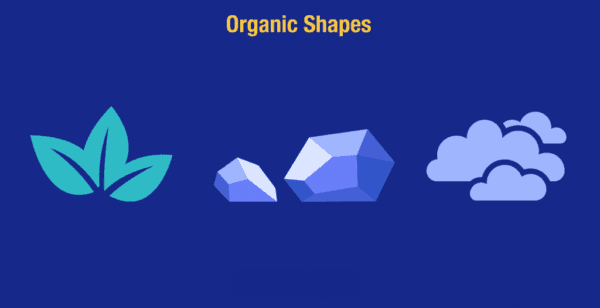
3. Abstract Shapes
Although they aren’t an exact representation, abstract shapes illustrate organic forms or everyday objects. For instance, a stick figure represents a person. Mobile app icons that are symbols that you see and use in your everyday life come under this category.

Psychology of Shapes
Shapes can be used to express different ideas, offer texture, create the notion of movement, depth to an image. They suggest a mood or emotion, or to emphasize an area of interest. The designs will then get paired with a color. This mixture of shapes and colors holds different meanings and moods.
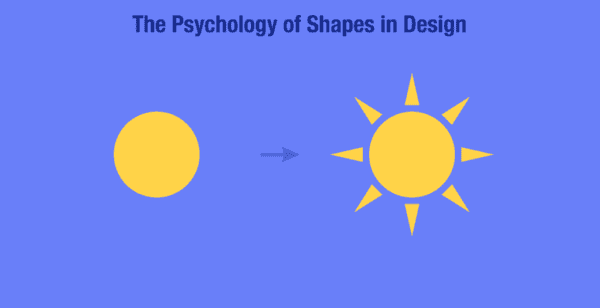
You’ll need to understand your design’s purpose and the message you want to convey before deciding which one to choose. Particular shapes and colors already have meaning in our minds.
You’ll instantly recognize when an object is reduced to a combination of shape and color, for instance, a yellow circle that symbolizes the sun. Let’s see the meanings behind different shapes, including cool geometric shapes.
1. The Meaning Behind Geometrical Shapes
Geometric shapes are the basics of design. Every shape has specific connotations and usually, they are cultural. We know a red octagon means STOP.
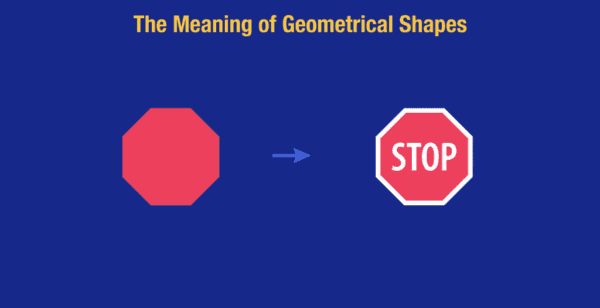
The human mind finds a way to comprehend all the geometric meanings. There is a tendency to lean towards simple and minimalistic design. People find geometric shapes appealing because you can send a powerful message, with the right shape and color. Once you apply different characteristics to shapes, you can convey different moods and meanings. Once you understand the geometry meanings, you can create art with them. Here are some of the most common types of geometric shapes and their meanings:
Squares and rectangles
These most commonly encountered geometric shapes are familiar to the eye. You can use them as a frame or as a base for designs as they give a sense of stability.
Squares and rectangles represent peacefulness, security, and a sense of conformity. They may seem bland but with the right strategy, they can be as effective as any other shape.
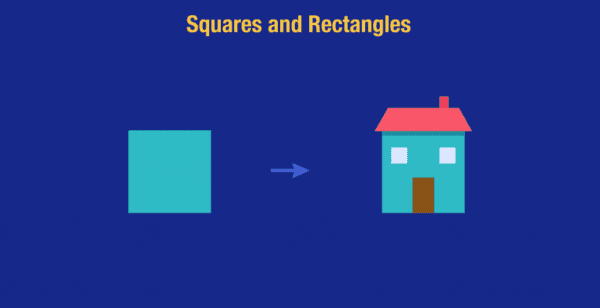
Circles
Circles as geometric shapes represent continuity as they have no beginning or end. In most cultures, circles depict the sun, the earth, the moon, and other celestial objects. They help portray movement in visuals. They indicate familiar objects like wheels, balls, or different fruits, like oranges and grapefruits.
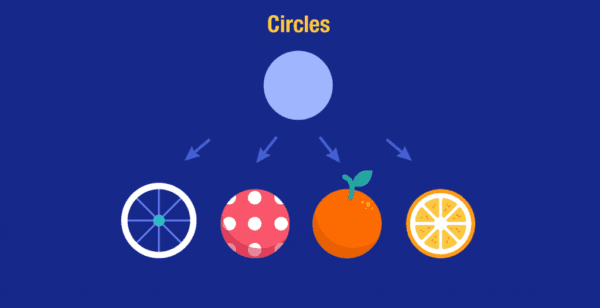
Triangles
When pointing up, a triangle can show stability and power and when it’s facing down, it shows instability and conflict. Triangles hold energy and symbolize the spiritual trinity, i.e, the union of body, mind, and spirit. They can also mean self-discover, dynamism, and improvement.
For example, triangles can be used as the play symbol, fast forward, or reverse symbols, or to suggest familiar forms like pyramids, mountains, or pennants.
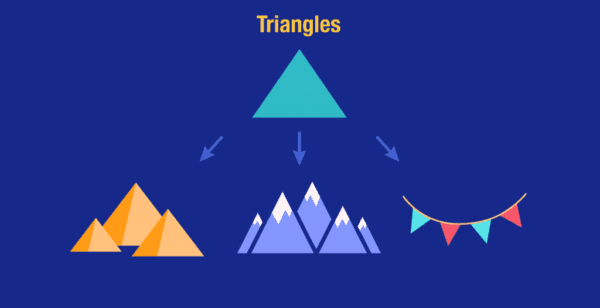
Pentagons, hexagons, and octagons
These geometric shapes are part of our everyday life. We are able to immediately associate the shapes. For example, you can easily recognize the Pentagon Building (pentagon), a beehive (hexagon), the stop sign, or an open umbrella (octagon).
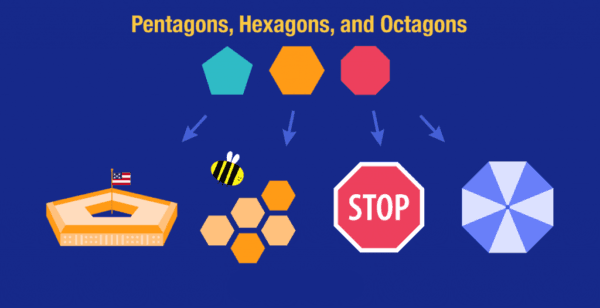
2. The Meaning Behind Organic Shapes
These are objects we encounter in our world, such as leaves, flowers, or trees. They can also be human-made such as ink blobs. To create designs related to the environment or campaigns for outdoor activities, you can use these shapes. These shapes can be used as accessories and on their own, as they send a precise message with no hidden meanings.
Organic shapes, unlike geometric shapes, can be highly decorative. Art Nouveau, a decorative art style focused on organic shapes, especially flowers, which were used everywhere, in architecture, painting, and even lettering.
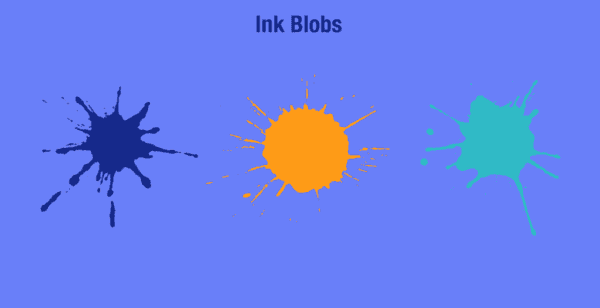
3. The Meaning Behind Abstract Shapes
Abstract shapes are symbols or icons that carry different meanings. They can emphasize an idea in your visual, or infographics. In infographics, when you need to emphasize an idea, just add a star symbol next to the message you want to highlight. For consistency, keep the same colors of the symbols throughout your graphic. Here are some of the most used symbols and abstract shapes:
Arrows
Arrows are pretty versatile and can be used in different situations to send specific information. A significant aspect of this shape is its function of showing direction. All thanks to this, the audience will know where to look and what to read first. Arrows also have a decorative function.

Stars
Stars can be seen as symbols as well because they are often used in religious illustrations. They always succeed in getting people’s attention. You can use it to draw your viewer’s attention towards a discount code or an ongoing promotion. Stars can be used to give honor to someone. From a small golden sticker on a child’s notebook to a star on Hollywood’s Walk of fame.
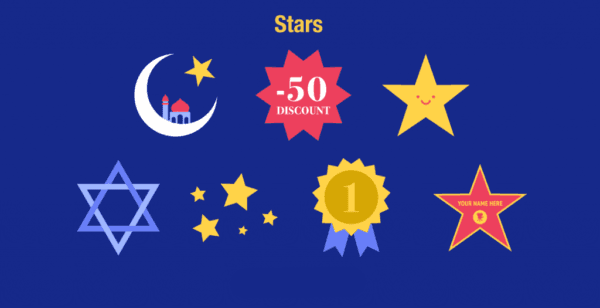
Icons
Icons can be considered accessories to any design. They can be used in both print and digital designs. However, you’ll more likely find them on digital platforms because they act as a call into action button. Icons organize your visuals and break the content into categories.

Tips and Tricks To Use Geometric Shapes
To get an aesthetically pleasing design, you can merge cool geometric shapes and organic shapes. So, in a visual, you can either use one category of geometric shapes or you can simply combine them and meet the organic with human-made elements. Just use a combination of shapes from different categories. The basic rule that you need to understand is shape symbolism. Let’s check out some examples:
Landing pages
Simply combine abstract shapes with organic shapes. You’ll get something creative that will catch your viewer’s attention.
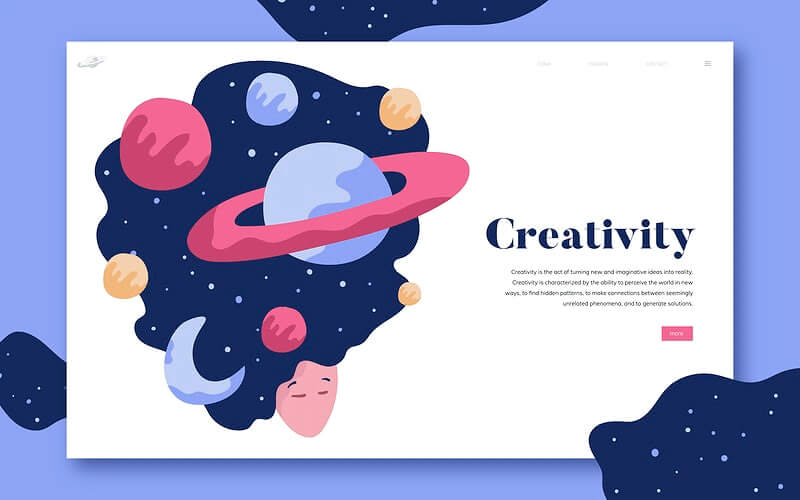
Posters
To not let your posters go unnoticed, you can use abstract shapes with organic shapes. Then add the right copy, and colors that will emphasize your message. Also, using the geometric shapes with the organic shapes will soften the message and this will help you to create an amazing poster.

Icons
If you combine your geometric shapes with natural, organic shapes, they can symbolically hold life inside them.
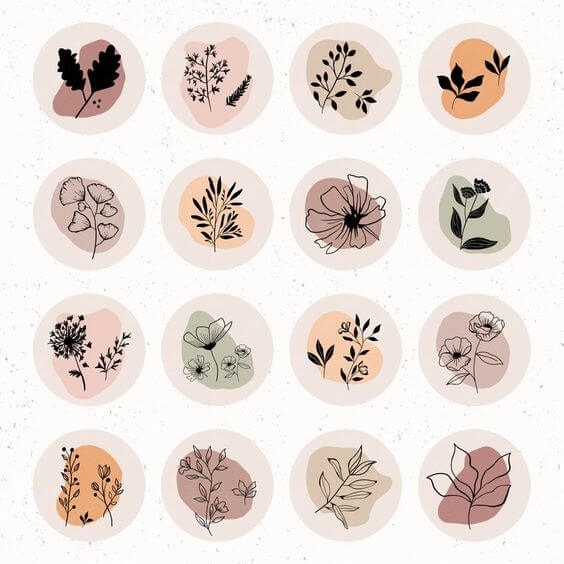
Calendars
A simple way to get rid of your boring calendar? Add natural elements to your circles’ graphic design.
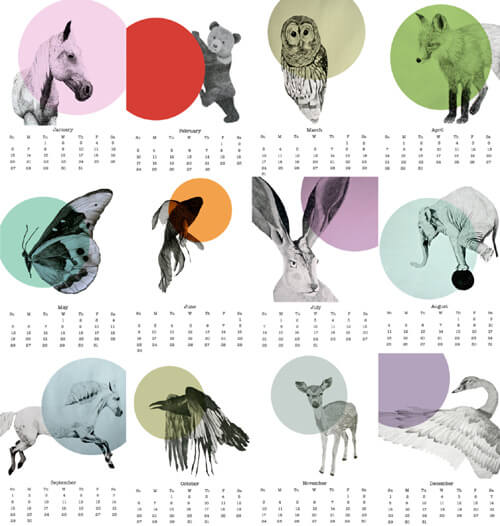
Visual story
These shapes are perfect to express yourself because they convey different feelings and moods, depending on the colors that you use.

What Is The Psychology of Shapes in Logo Design?
Logo design can be considered as a part of the brand identity. This is how you are going to introduce yourself to potential customers. A well-crafted logo can get the attention of your target audience. The basic shape of a logo is enough to influence how people will perceive your products and services. Once your logo is out there, it will send a message to your audience so make sure it’s the right one. Here are some of the most popular logo shapes:
Circle logos
Circles are commonly used in logo design. This is because they are softer and calmer. Circles, as a geometric shape, represent unity, commitment, and steadiness. Branding experts usually use this shape the most because of its familiarity and meaning of eternal balance.
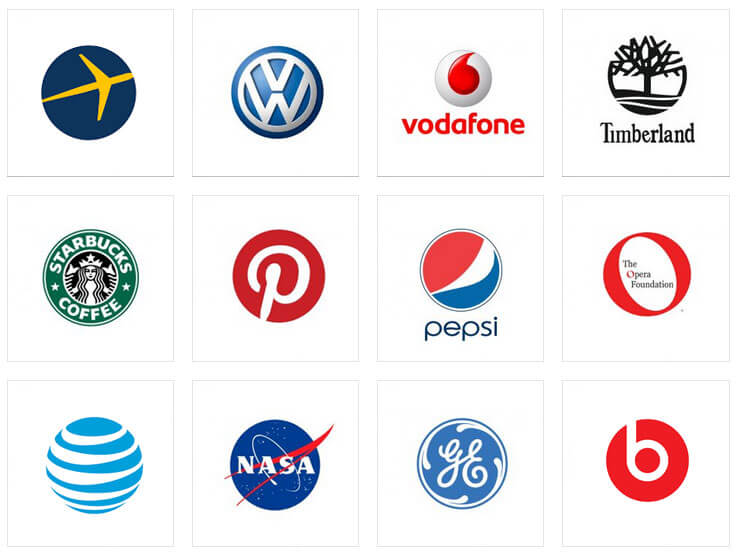
Square logos
Squares are associated with proportion, balance, professionalism, and strength. It can inspire trust and safety for your target audience. If you are choosing a square as your logo, pair it with colors. Some examples of famous square logos are Adobe, American Express, Domino’s Pizza, Facebook, etc.

Triangle logos
Triangles, as a geometric shape, are not so commonly used, however, they can inspire ideas such as dynamic power or continuous motion. They’re a perfect choice for tech companies because triangles represent innovation and fast improvement. If you do end up going for a triangle as the shape of your brand’s logo, make sure it’s facing upwards because when it’s facing down, it may have negative connotations. This shape is commonly used by construction, motor, scientific, or tech industries. For example, Google Play, YouTube, or Mitsubishi, etc.
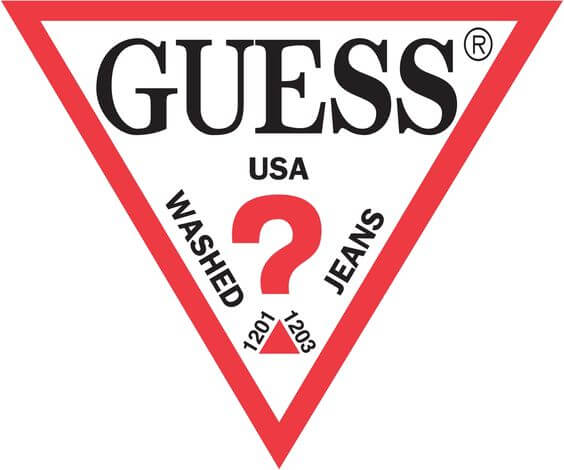
Organic Logos
Some brands use natural shapes as logos because they give a feeling of familiarity. The audience can easily connect with natural shapes. Sometimes, when you see a shape in your daily environment, you will think of the brand it represents. So, before you start working on your logo, it’s essential to understand the message and characteristics it is supposed to convey.
Speaking of logos, if you are interested in knowing of the history of logos and its being, Glorify has curated an article just for it. Explore and venture out into the past ages of the logo designs now!
In Conclusion
Geometric shapes are more influential than you’d think. You can easily convey certain emotions and feelings through them. The key is to know the types of geometric shapes which can help you achieve your goal. Everything in this world consists of, can be simplified. So, if you succeed in mastering the basics, you’ll get the cubist out.
It’s finally time for you to put it all into practice. So, let your imagination run wild, and create something stunning out of these geometric shapes.
Geometric Shapes FAQs
1. What is the importance of shapes?
Learning shapes helps children distinguish and organize visual information. It also helps them learn skills in other areas such as reading, math, and science.
2. What do different shapes symbolize?
While thinking about shapes, there are a couple of things that come to mind. Geometric shapes such as squares, rectangles, triangles, diamonds, circles, ovals, etc. The shapes which have straight lines and angles symbolize structure and order, meanwhile, the shapes that have curves are softer and usually represent connection and community.
3. How do shapes affect emotions?
Different shapes represent different meanings. This is why they can make you feel certain emotions. While circles make you calm, squares give you a sense of security.
Features
Explore templates
Alternatives
© 2024 Glorify App - All rights reserved






